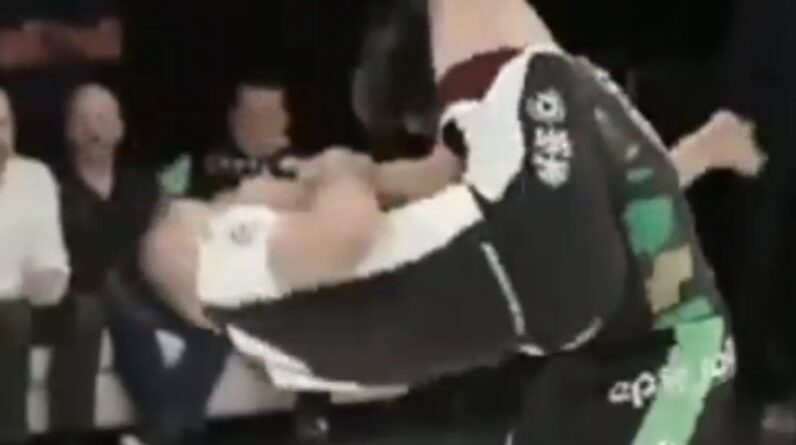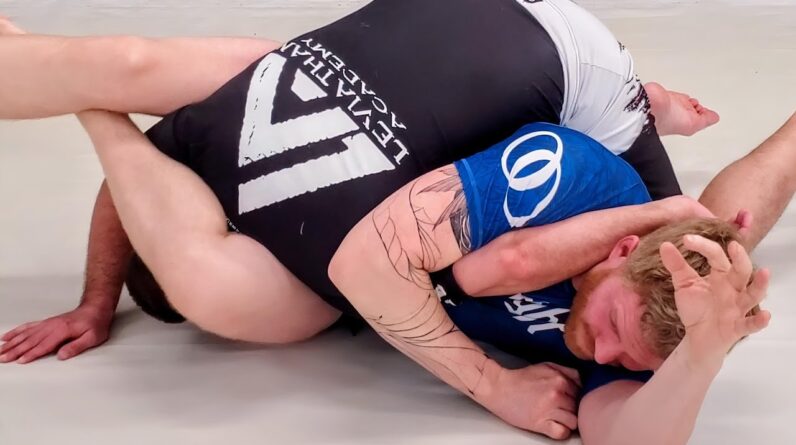If You Could Choose Your Shaolin Kung Fu Master, Who Would It Be?
One of the fun things about martial arts is that it teaches you a bit of history as you go through it, and the bull sessions after a good workout are great.
One of the bull sessions that Steve, Aaron and I had recently, after closing down the dojo, was sort of like fantasy league baseball, only for shaolin kung fu masters. Now, in fantasy baseball (another avocation of mine), one of the positions you can fill is “team manager”, and the team manager helps your stats. For a martial arts school, a good teacher is reflected in how well his students learn, and how well his style spreads.
We were pretty careful to avoid direct style comparisons. Aaron knows two styles of Kung Fu, and Steve knows at least three, and I’ve dabbled in more styles than I like to admit. (Steve makes jokes about Yoshi’s New Dance Steps, and Sit On Your Ass Kung Fu when I do something stupid and have to recuperate…). So we all know that every style has merits and drawbacks, and reflections based on student’s temperament and ability.
So we focused on the kung fu masters associated with our respective styles.
One of the earliest masters of shaolin style Kung Fu was Yu Dayu of the Ming Dynasty. While there were references of Shaolin monks using martial arts techniques prior to Yu, going back to the 14th century, Yu Dayu was the real innovator of the style, bringing in staff work, and the balanced stances that formed the basis of the Five Styles. While all three of us agreed that it’d be cool to work with him, the consensus was that we’d rather learn from someone who’d been involved with one of the more modern forms. Kung Fu, like all martial, arts, changes and grows over time.
The next candidate that we considered was Lung Po, who became the principal teacher at the temple in the 17th century, which is when the style grew the most, branching out from staff work to more joint locks and strikes, making it a more complete style. It’s harder to learn, but Master Lung was renowned for being an excellent teacher. It’s this style of Kung Fu that ultimately became known as Chinese Boxing.
The last candidate we considered was Jow Lung, who integrated three different styles of martial arts into Jow Ga (family Jow) Kung Fu, and who won a ten round (ouch!) tournament to become the official Martial Arts teacher for the Chinese army in 1911. He and his brothers spread Jow Ga Kung Fu throughout China, and were never leery about integrating other martial arts practices into their combat style, which means that Jow Ga Kung Fu has probably grown the most of any of the shaolin styles in this century in terms of practices and things learned.


